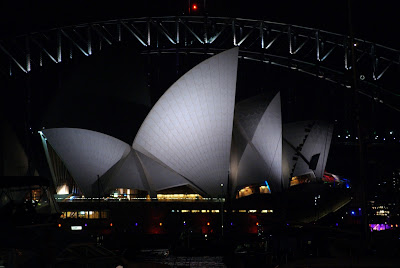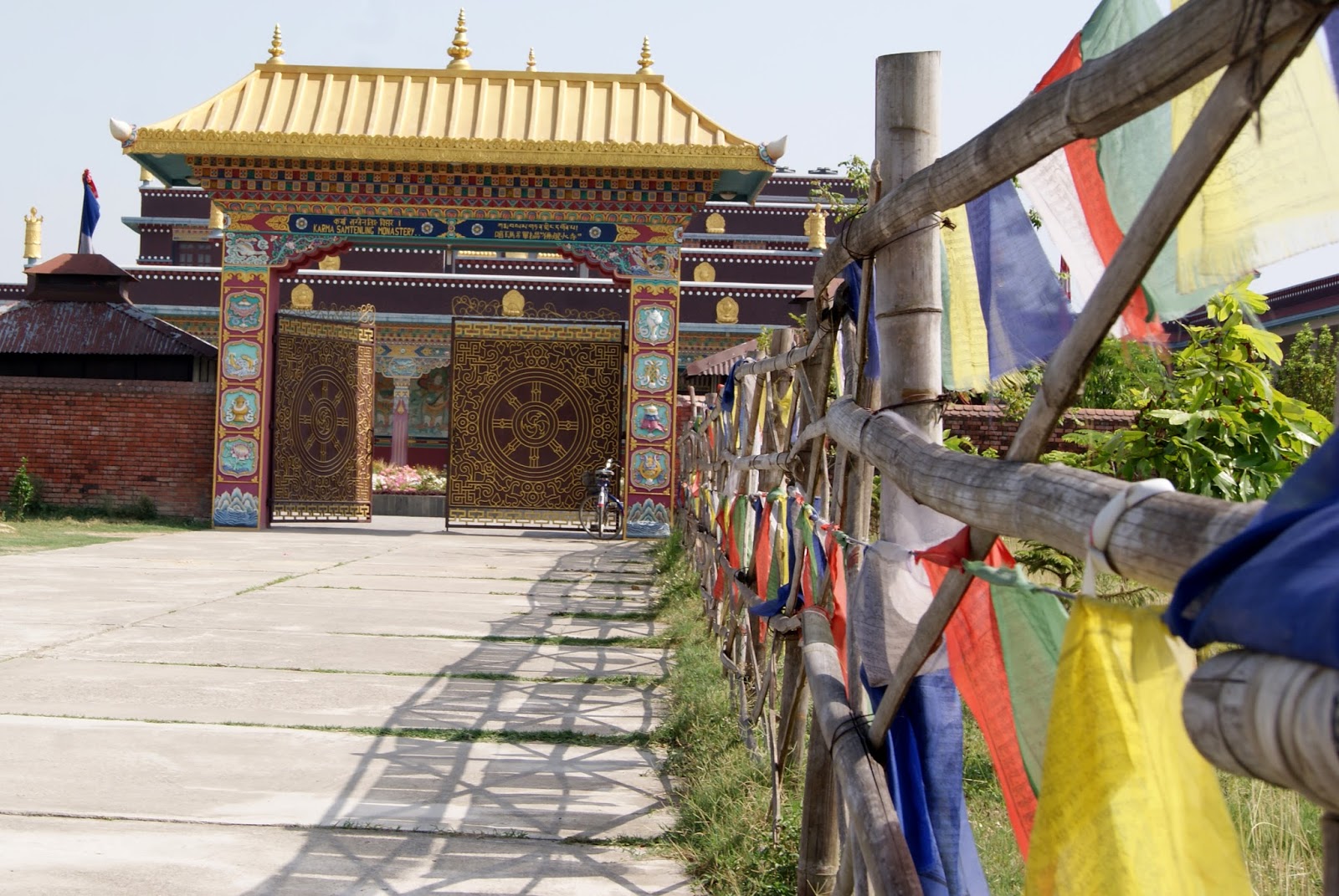It would be easy to assume that we travel because one or the
both of us has some source of wealth that is unique and different from other
people in our age bracket. Frankly, that would be lovely, but simply isn’t the
case. The travel we do is funded primarily by shifting priorities and figuring
out how to make the most out of what money we do have at our disposal. To put
it simply, we are incredibly cheap.
Getting to Win’s sixth continent (it was on his bucket list
to do before 30) posed a unique issue in that regard. Namely, while working
fulltime jobs and doing fulltime grad classes, how does one justify the airfare
to fly to New Zealand for two weeks between semesters? We tackled that one by
taking advantage of some of the air mile hacks through various airlines and
credit cards to bring the cost down to just $75 roundtrip for Win and $550
roundtrip for myself. (This was a 6-month endeavor that required planning,
research, solid credit scores, and lots of dedicated effort.)
Once we had our air miles, we found that there was just one
ticket option available for all of December and January from Albuquerque to Australia
or New Zealand. We would arrive the morning of New Year’s Eve in Sydney, home
to one of the world’s best New Year’s Eve celebrations, and have roughly 24 hours before our flight to New Zealand.
Now, I know what I said about us being cheap and the great
lengths we go to in order to afford our travel. The number of stories that
include, well we did X absurdly uncomfortable and strange thing, but it only
cost $Y is, well, probably roughly equivalent to the number of stories we have
to tell. However, in all our travels I have come to appreciate that there’s the
time and place for the right kind of splurge. (Note the “I” in that sentence; I
am the one who pushes for splurge experiences. I embrace this.)
Given the fortuitous nature of the timing of our 24-hour layover, we obviously needed to find some NYE celebration in which to partake. Rather than getting off the plane and having to fight the
masses for free seating, some of which start to fill up around 6 am, we opted
to spend some money. And if you’re gonna spend it, why not do it right?
We booked a cheap(ish) hotel room out in the suburbs and
near little Korea, but went all out for the fireworks. And I have to say it was
worth spending 400 AUD (roughly $280 US) to be harbor-side at the Botanical
Gardens with a three course meal and a fantastic view of the bridge, Opera
House, and both fireworks shows.


















































